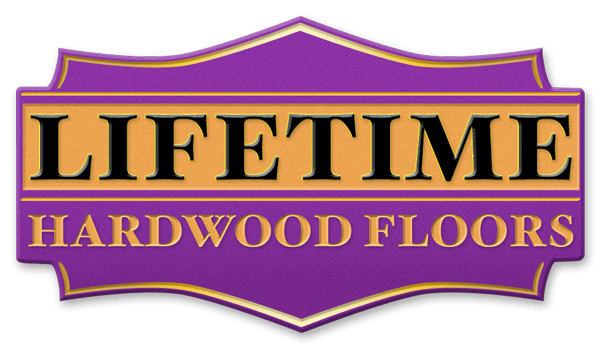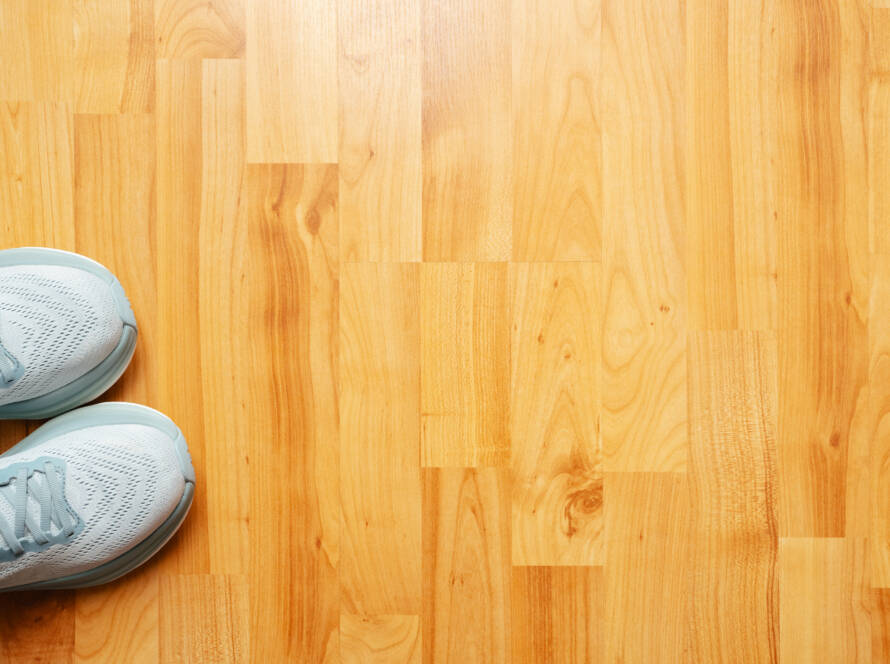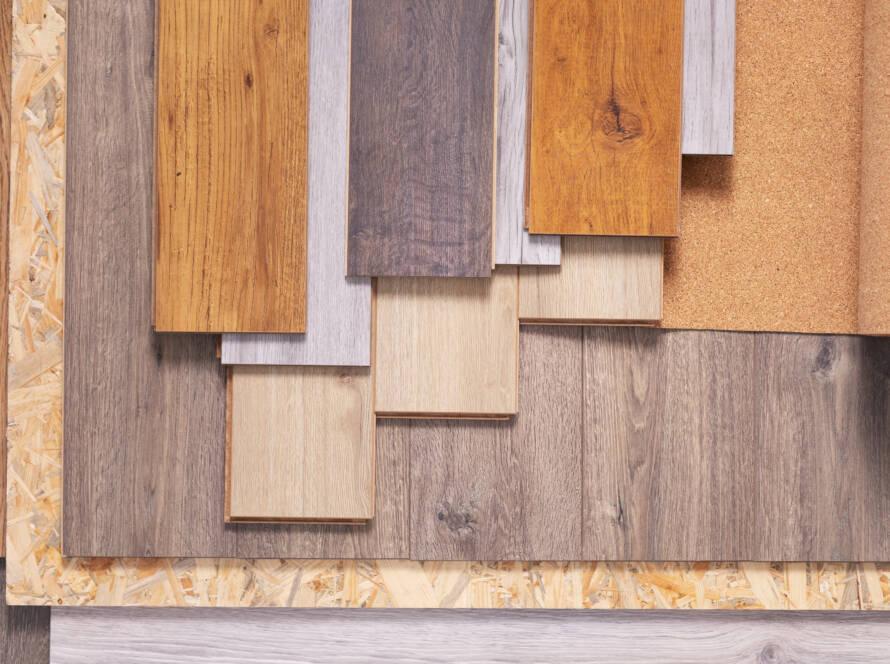Wood is one of the most beautiful materials you can use for flooring, and it’s also one of the most durable. But that’s not to say that wood floors don’t need periodic maintenance and a few special considerations. One of those special considerations is your home’s relative humidity level. Both low and high humidity can wreak havoc on your floors, and knowing how to protect them is essential for keeping your wood floors in prime condition. This is especially true in Nebraska, where sweltering summers make the air feel like a hot, wet towel and frigid winters leave your home feeling bone-dry.
What is Relative Humidity?
We hear the term “relative humidity” all the time from meteorologists, but what exactly is it? Relative humidity is the amount of water vapor in the air, expressed as a percentage of the maximum amount of water the air can hold at the same temperature. Warm air holds more water than cold air, so hot days are typically far more humid than cold days.
The ideal relative humidity level for your home—and your floors—is between 38 and 42 percent.
How Does Relative Humidity Affect Your Hardwood Floors?
You can practically set your clock to the changes your hardwood floors go through with the changing seasons. In the summer, if the relative humidity in your home is higher than the recommended maximum of 42 percent, your floors—and other woodwork—will absorb moisture. This can lead to swelling, warping, or cupping, at which point you have a serious and expensive problem on your hands.
When the weather turns cold, if the relative humidity dips below the recommended minimum of 38 percent, your floors—and other woodwork—may shrink as moisture is pulled out. This can lead to gaps between the boards, especially on solid wood floors, or it can cause cupping, especially on pre-finished floors. It can lead to splintering or splitting along the grain, and in many cases, it can damage the finish.
While both high humidity and low humidity are bad for your floors, what ends up causing the worst damage in the long run are the drastic changes in humidity from one season to the next. Maintaining stable humidity in your home year-round is crucial for protecting your hardwood floors. A trip to the hardware store will net you a humidistat or a hydrometer, either of which will tell you what the relative humidity is in your home.
How to Protect Your Floors From High Humidity
In the summer, ventilation is absolutely essential for keeping the humidity level down. If your humidity is high, keep the A/C on to cool the air and condense humidity into water that drains into the condensate pan. If you don’t want to run the A/C, turn the switch on your thermostat to FAN ON, which will keep air moving through the house continuously. Keep your curtains or blinds closed during the day to prevent the sun from heating up your rooms and creating a greenhouse effect wherein warm, moist air gets trapped inside the house.
If your rooms are still too humid, invest in portable dehumidifiers or have a whole-house dehumidifier installed in your HVAC system. Unlike portable dehumidifiers, a whole-house system is out of the way, quiet, doesn’t need to be emptied, and requires very little maintenance.
How to Protect Your Floors from Low Humidity
If your home is very dry in the winter, consider a whole-house humidifier, which, like the whole-house dehumidifier, is built in to your HVAC system. Portable humidifiers aren’t recommended for keeping your hardwood floors hydrated, because they won’t humidify the whole house, but rather only small areas. The area immediately surrounding the portable unit can get too humid, and the water droplets that fall from the air close to the humidifier can damage small areas of your floors.
The Floor Doctor Can Help
If it’s too late for preventive measures and your floors are already damaged from high or low humidity, or if you’d like more information on protecting them, contact The Floor Doctor today. We offer free in-home consultations and estimates in the Omaha area, and we can provide you with a range of restoration options.


